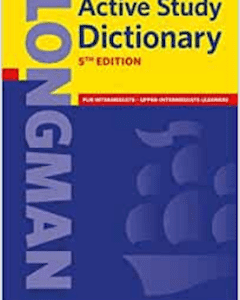Vocabulary Tips AND Tricks

English is thought to have one of the largest lexicons (number of words). There are 600,000 words in the latest Oxford English Dictionary. (Swedish and Turkish have a similar number of words, and only Korean out-does everyone with 1.1 million words!) That’s great for rich and expressive communication but when you’re new to it all, it can be daunting. But there are many ways to increase your vocabulary. Here are some top vocabulary tips and tricks.
To become truly fluent there are four aspects to learning new vocabulary:
meaning, spelling, pronunciation, correct use.
Listening and reading expose you to new words and expressions.
Speaking and writing allow you to practice that learning.
Some people learn best by listening and parroting those around them (that’s how baby’s learn), others prefer to read, as they can go at their own pace, and those ‘odd’ accents don’t get in the way. You’ll need to embrace all these methods to truly become fluent, but to start with concentrate on what you enjoy, inspires you and gets results.
5 WAYS TO INCREASE YOUR VOCABULARY
1. LOOK IT UP
If you come across a word you don’t know, take the time to look it up. One of the best and most popular dictionary for English learners is the Longman Active Study Dictionary – it’s more than just a dictionary. You also get a pictionary section, expressions, useful lists of verbs, colloquialisms, and if you get the CD version there are exercises and more. Suitable for all levels.

Some useful on-line dictionaries include:
Opdome – a basic pictionary ideal for beginners, with pronunciation (American accent)
Power Thesaurus – a thesaurus gives a list of synonyms – words that mean the same – not definitions, and this has a clean uncluttered layout. Intermediate+
Urban Dictionary – for advanced learners, slang and colloquialisms
Avoid being lazy and using translation apps for chunks of text, or you may end up with a fail like this –

2. WRITE IT DOWN
Once you’ve looked up the new word, write it down in a vocabulary book. It’s important to note the spelling because, as we know, English spelling is deceptive. Then write a sentence using the word, that really demonstrates the meaning, to help reinforce the learning.
3. BUILD WORD BOMBS
Whenever you look up a word note down the versions for the different parts of speech such as noun, verb, adjective, adverb, and related expressions or idioms:
beauty (noun)
beautiful (adjective)
beautifully (adverb)
beautify (verb)
beautician, beauty mark, beauty contest, beauty queen, beauty sleep
that’s the beauty of it
4. MAKE ROOT GROUPS
Make lists or diagrams of words with similar roots, for example –
eject, object, reject, subject, inject
5. USE LABELS AND CARDS
(a) Use sticky labels to write the name of objects around your room, home or office to be a constant reminder and learning opportunity, and leave them there until you know the word and the spelling.
(b) Take 10 or so pieces of paper or cards the size of a business card. On each one write the word on the front, and on the back write the meaning or a sentence using the word or both. Carry these ten cards with you and keep practicing whenever you get the chance – on the bus, in the queue at the shop etc.


